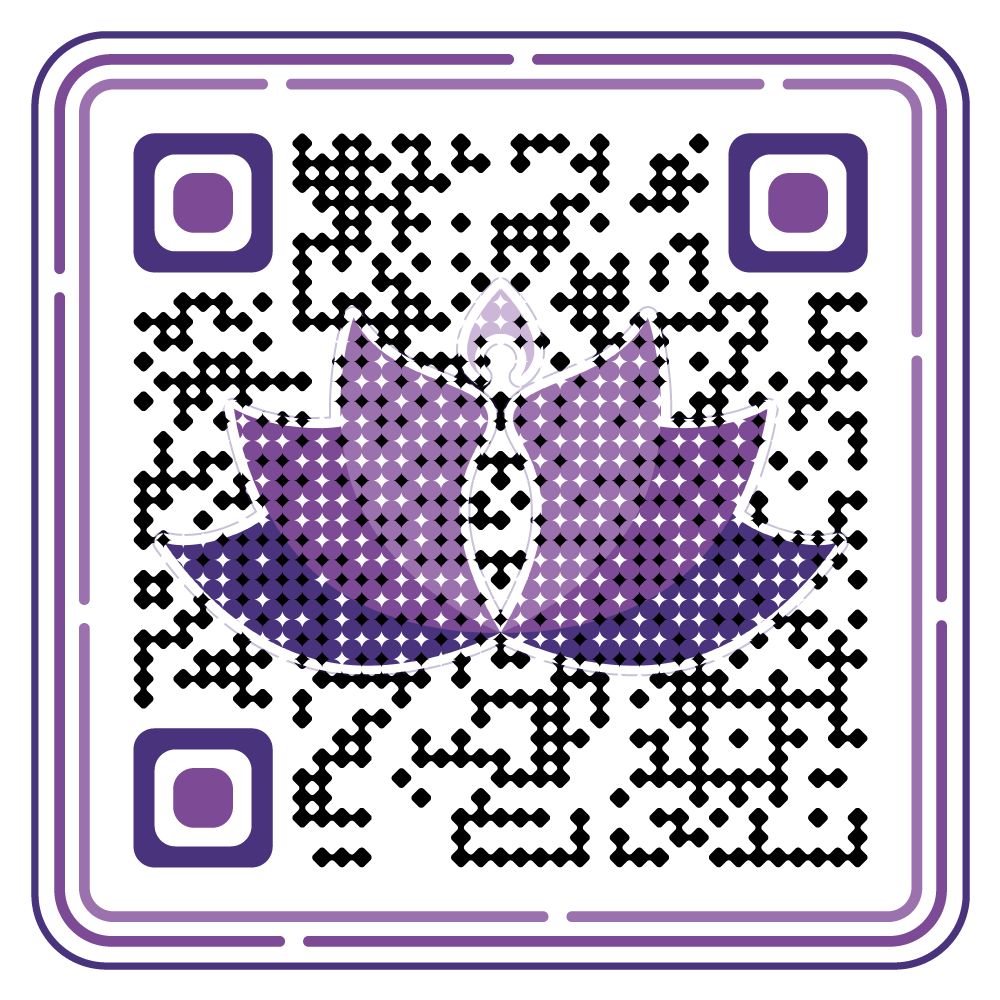TIME LAPSE TECHNOLOGY AND USES
In the past few decades there have been many advances in the technologies used in IVF . Still some improvements are required, one such thing is that due to relatively low implantation rate multiple embryos need to be transferred during IVF which leads to multiple gestation.Nearly 20 percentage of IVF pregnancies result in multiple gestation.a multiple gestation , even if it is twin pregnancy leads to increased maternal and fetal risk.to avoid this various screening technologies are being used like PGD, metabolomics , proteonomics to select embryos with highest implantation rates. One such tool is time lapse monitoring which helps us in identifying embryos with high implantation potential. In this the embryos can be monitored without removing them from the incubator. In 2009 first automatic time lapse devices were made commercially available.
TIME LAPSE TECHNOLOGY:-
Usually embryologists have to remove the embryo from the incubator once in a day to assess the cleavage and morphology.this is not a dynamic process and embryos donot tolerate removal from optimal culture media.this problem can be overcome by using time lapse technology.using this technology embryologist can monitor emryos without removing them from the incubator. In this the incubator has camera inside which takes pictures of the embryos at preset intervals . Using this technology embryos can be monitored in real time and later at the end of culture can be seen as a video sequence.
Several types of time lapse systems are being used now a days. Most widely used ones are primo vision (vitrolife) and embryoscope (fertilitech), these two use bright field technology. Another one is EEVA(early embryonic viability assessment ,auxogyn) this uses dark field technology. The current practice in most laboratories is to use morphology for selecting embryo.
Time lapse technology observation noted variation in timing of polar body extrusion, pronuclear formation. Time lapse does morphokinetic embryo assessment . Access to time lapse gives the opportunity to evaluate or catch several morphological events that are not seen with conventional scoring methods due to dynamics of embryo morphology.
COMPARISON AMONG THREE COMMERCIALLY AVAILABLE TIME LAPSE SYSTEMS:-
- EMBRYOSCOPE: It uses bright field low intensity red led illumination. It has a incubator with integrated time lapse system. Culture dish used in this is embryoslide and single culture is done . Embryos can be visualised in 7 focal planes and a maximum of 72 embryos can be monitored, it comes with a software.
- PRIMOVISION: It uses bright field low intensity green led for illumination. It has a microscope that can be placed in standard incubator. Culture dish used has 9 to 16 wells. Group culture can be done in this and embryo can be monitored in 11 focal planes. Maximum of 96 embryos can be monitored. It comes with a software.
- EEVA: It uses dark field for illumination by which blastomere membranes can be visualised more accurately. It’s limitation is that , it is not able to follow embryos beyond 2 days due to increasing number of cells. It can be used for group culture and it monitors embryo in single plane. Maximum number of embryos which can be monitored depends upon the dish. It comes with a software which helps in predicting which embryo is most likely to develop into blastocyst, eeva helps in correctly identifying the best embryo.
TIME LAPSE ALGORITHM:- the morphokinetic parameters are documented at exact time points. Cleavage features are also plotted against exact time. These parameters have been studied to create an algorithm to predict implanatation and livebirth.
USES OF TIME LAPSE TECHNOLOGY
- EMBRYO ASSESSMENT BASED ON FERTILISATION MARKERS:- where extended embryo culture is not feasible markers of embryo quality are important to assess quality of embryo. On day 3 time interval between morphogenetic events help in assessing the embryo quality. These markers are used as predictors of embryo quality on day 5.
- EMBRYO ASSESSMENT AND CLEAVAGE FEATURES:- atypical embryo cleavage phenotypes can be observed using time lapse technology. There is an association between start time of blastulation (tsb), expansion time(teb) , the interval between start time and expansion time of blastulation and aneuploidy . Bad prognosis is seen if any two of these cleavage features are abnormal. Time lapse technology can be used in assessing these parameters. Time lapse also helps in assessment of morphological parameters , like blastomere size , number of nuclei in blastomere , degree of fragmentation and irregular cleavages.
- PLOIDY STATUS:- it is seen that morphokinetic parameters could be associated with embryo ploidy status.time lapse technology provides a cheaper , faster and less invasive method for embryo evaluation than pre implantation genetic testing for aneuploidy.
- TRAINING AND TEACHING PURPOSE:- time lapse technology can be used for teaching embryo assessment . As examination of embryos can be done without removing them from the incubator , cleavage pattern images can be stored and used for learning process.
- QUALITY CONTROL:- inter and intra observer variability which affects the morphological scoring system can be overcome using time lapse technology. By using time lapse technology we can select appropriate focal plane for seeing spatially restricted movements.
LIMITATIONS OF TIME LAPSE TECHNOLOGY:-
- All the studies done are retrospective design
- Culture conditions in different labs could affect embryo development.
- Proposed time lapse parameters are not ready for routine clinical application.
- Transferring only euploid embryos should increase implantation rate and hence number of live births. But in practice it has not been demonstrated.
- It is an expensive tool.
- Need for specific training.
PROVEN CLINICAL BEENFITS OF TIME LAPSE TECHNOLOGY
- Reduced pregnancy loss.
- Improved implantation rate .
CONCLUSION
- Time lapse technology offers the safest and most stable culture media.
- Continuous observation through time lapse has helped in finding previously unknown and undetectable aspects of development.
- This technology is useful for research and industry purposes as development of embryo can be precisely standardized.
- This technology could revolutionalize embryo quality control in IVF laboratory.
- Benefits of this technology and its place among other embryo screening tool remains to be determined.
- Time lapse technology helps in observing spatial arrangement of the embryo.





